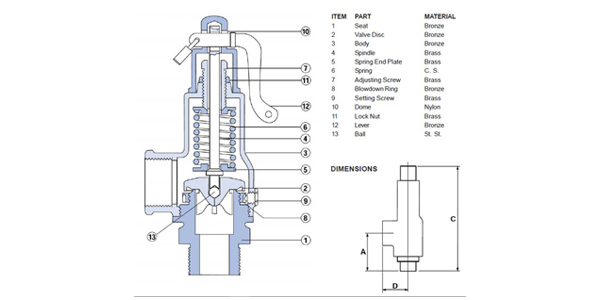How Is The Relieving Capacity Of A PSV Determined?
Have you ever wondered how the ‘relieving capacity of a PSV’ is determined & what are the factors that affect it?
In simple terms, it’s the maximum amount of fluid a Pressure Safety Valve can discharge when the PSV pops.
Here are the key factors that determine the relieving capacity of a PSV:
- Set Pressure: This is the pressure at which the PSV starts to open and relieve pressure.
- Orifice Size: The size of the orifice (opening) through which the fluid is released affects the capacity of the PSV. A larger orifice allows for greater flow and higher relieving capacity.
- Discharge Coefficient (Cd): The Cd value represents the efficiency of the valve in converting pressure energy into flow. The higher the Cd value, the more efficiently the valve can relieve pressure.
- Backpressure: The pressure downstream of the PSV affects its ability to relieve pressure effectively. Higher backpressure can reduce the relieving capacity of a PSV.
- Temperature: The temperature of the fluid being relieved affects its density and viscosity, which, in turn, impacts the valve’s capacity.
- Overpressure Scenarios: Different scenarios like a blocked outlet, fire exposure, thermal expansion, and other abnormal conditions determine the required relieving capacity.
- Fluid Properties: The characteristics of the fluid being handled, such as density, viscosity, and compressibility, affect how it flows through the valve and consequently the relieving capacity.
So, there you have it! The relieving rate of a PSV is a critical piece of the engineering puzzle. It’s all about ensuring safety by understanding how much fluid the valve can handle when the pressure goes haywire.
I hope this was useful to you. Please do share this with your friends.
Take care.
Ajay S. Satpute


